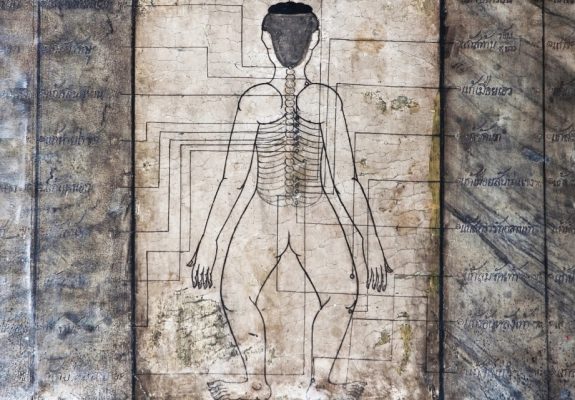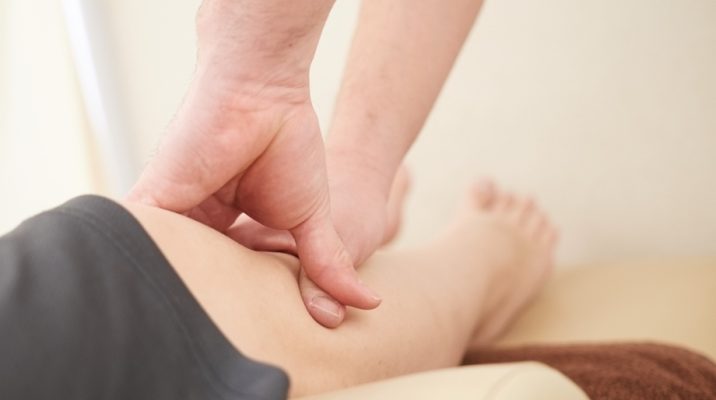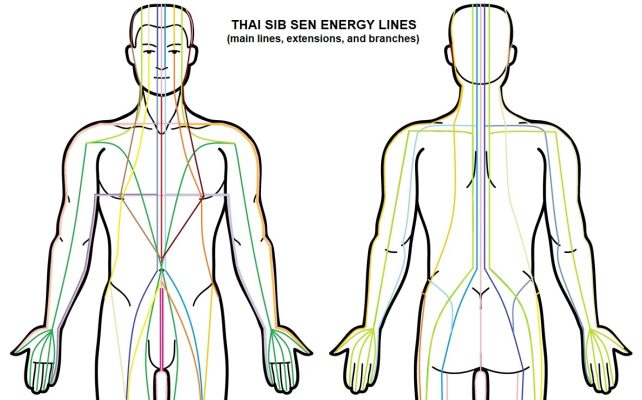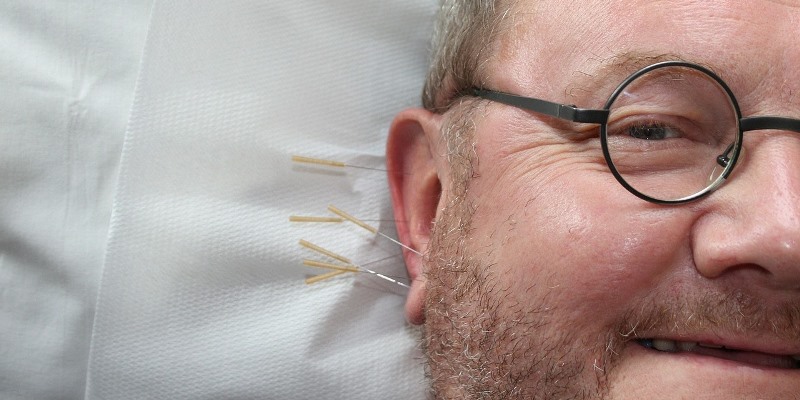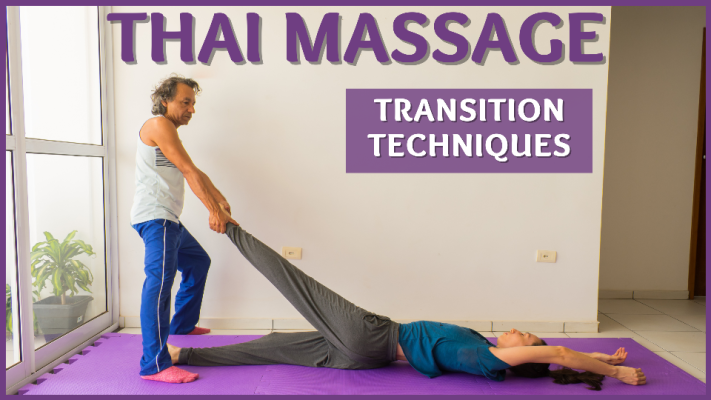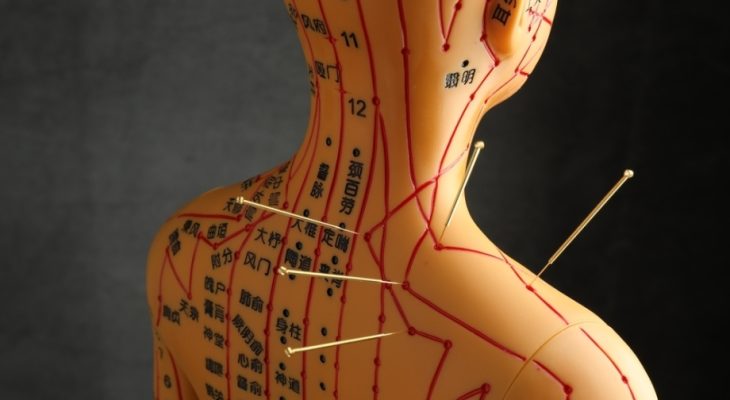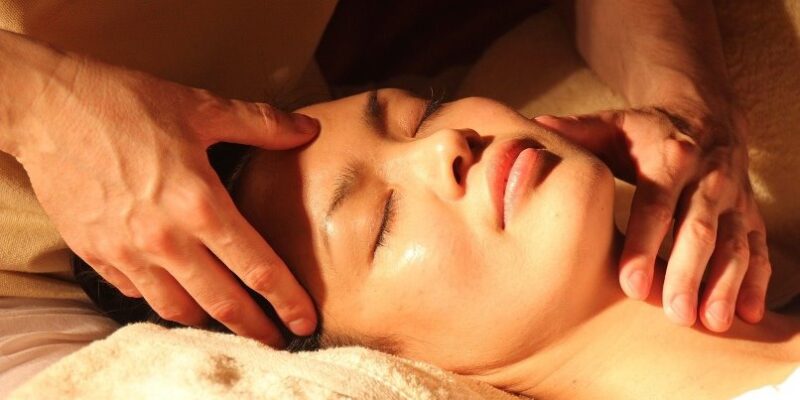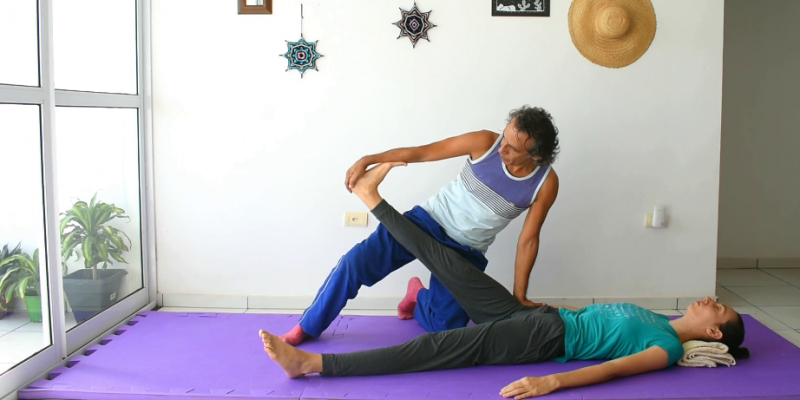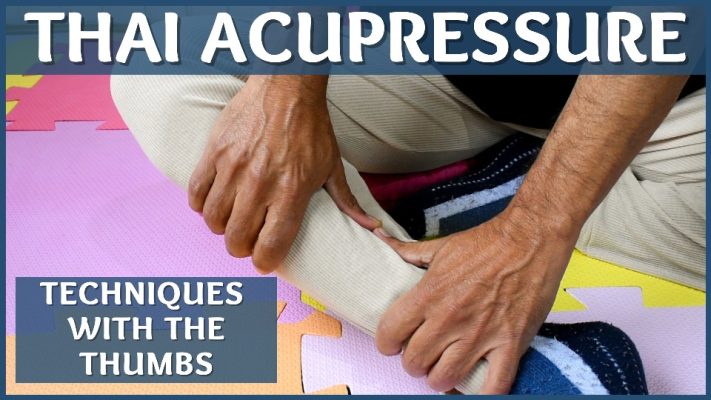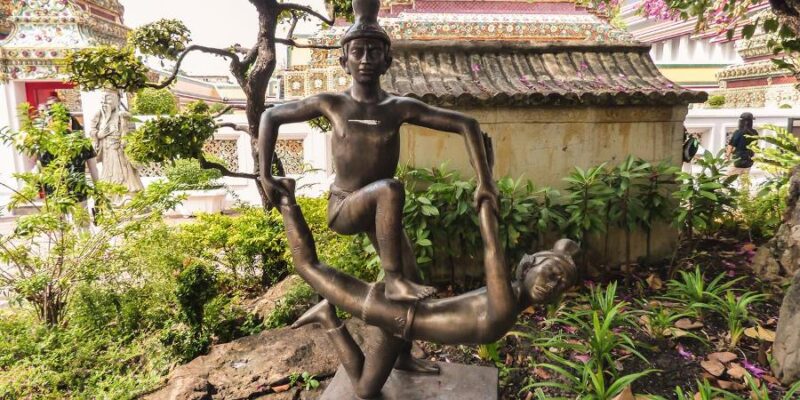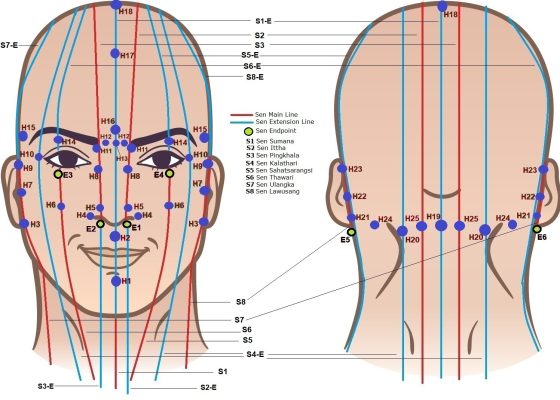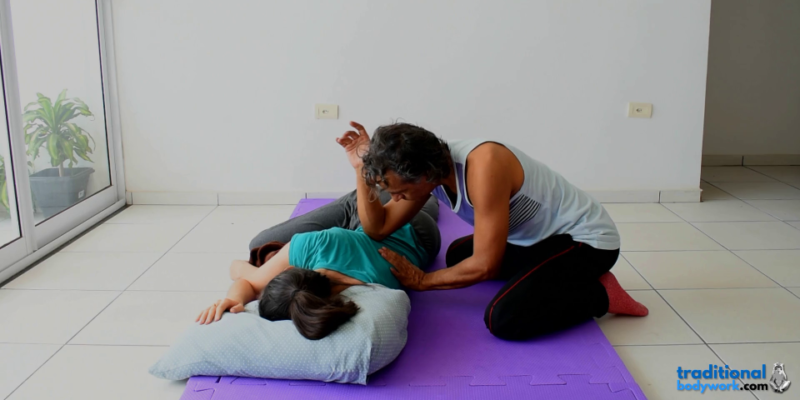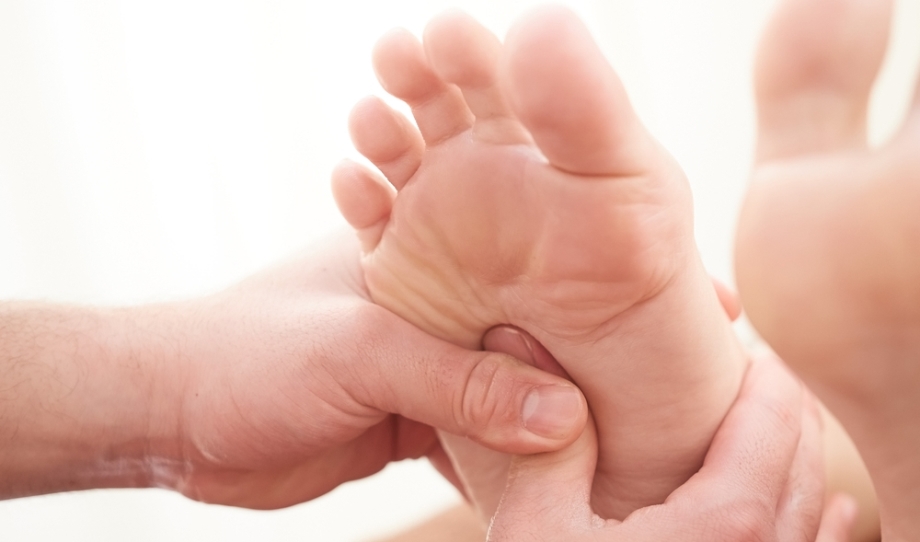
In Ayurveda and in Traditional Chinese Medicine (TCM), the number of major acupressure points is well-defined. In Ayurveda it’s said to be either 107 or 108 Marma Points, and in Chinese Medicine one commonly counts 361 major TCM Acupoints.
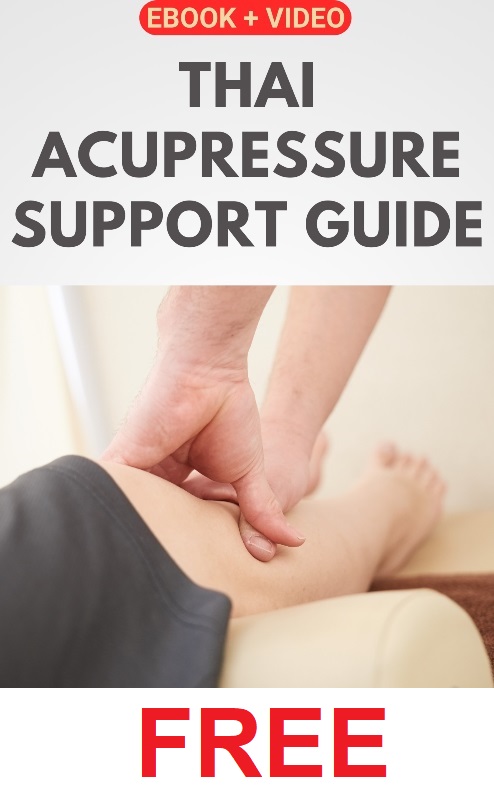
In the Thai Healing Arts, things are a bit more ambiguous. There’s no official standard set of acupressure points, and each Thai Massage lineage focuses on a different number of important Thai Acupressure Points.
In reality, the number of acupressure points is thought to be sheer uncountable because each location on the Sen Energy Lines is considered an acupressure point, not to talk about the fact that there are many Sen Line extensions and branches, and even finer subdivisions until cell level.
Nevertheless, there’s certainly quite some overlap between the different Thai Massage lineages and schools, and hence many pressure points that everybody agrees upon as being of greater importance.

So, depending on the lineage or massage school one comes to a minimum of about 60 major types of pressure points up to about 230 major acupoints. Mind that this is by counting the unique functional acupoints, thus only one of the mirrored i.e. counterpart points to be found on both the left and right side of the body. If we would count each single point it would make for a larger quantity of pressure points.
However, in the day-to-day practice Thai Massage therapists would usually work on much more acupressure points than only the most important points, which is especially the case when giving a massage that includes full body Sen Energy Lines acupressure work.
In addition, Thai masseurs don’t hesitate to also use Ayurvedic Marma Points or Chinese Acupoints in their sessions if they think they’re beneficial for the receiver. The beauty of Thai Massage is that it’s very free in how to use it, and new techniques, adaptions, additions, and integrations have been its trademark for centuries.







